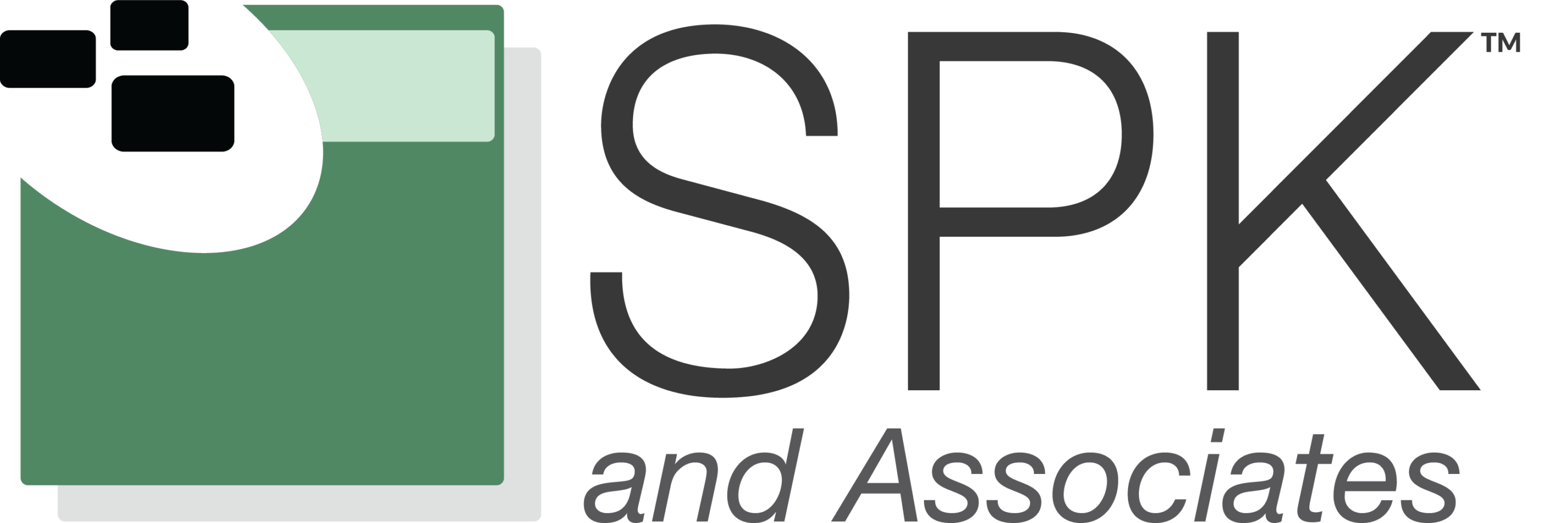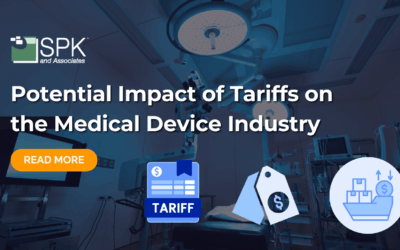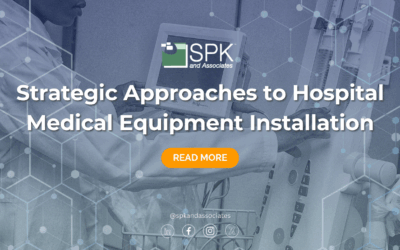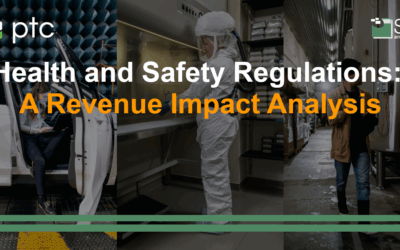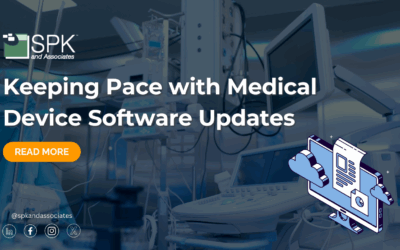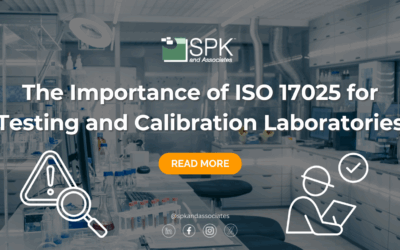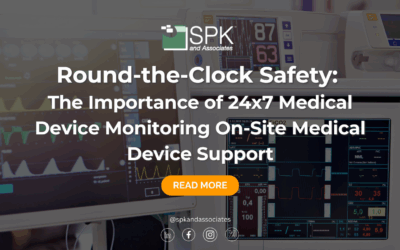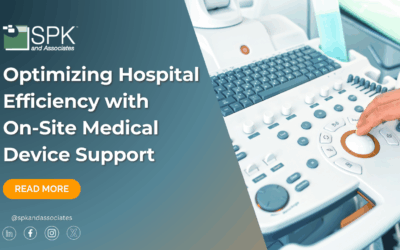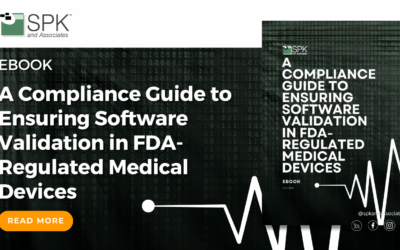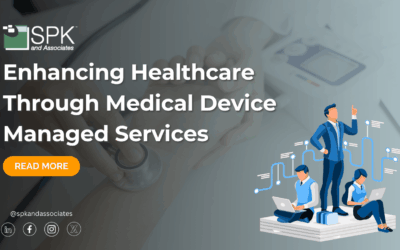Biopharma and medtech leaders are under constant pressure to accelerate clinical development and satisfy increasingly demanding regulators. Digital transformation is the way to do this. This doesn’t just mean adopting new tools, but rather rethinking how science,...
Medical Device Engineering
Potential Impact of Tariffs on the Medical Device Industry
As the medical device industry continues to innovate at breakneck speed, it now faces a new headwind: sweeping tariffs introduced in 2025 by the U.S. government and mirrored by key global trade partners. These changes are creating a ripple effect across the global...
Strategic Approaches to Hospital Medical Equipment Installation
Successful medical equipment installation in hospitals requires continuous stakeholder engagement, infrastructure readiness, testing and training, and continued maintenance. When done properly, staff can quickly and easily use the devices, directly elevating patient...
Health and Safety Regulations: A Revenue Impact Analysis
Compliance with environment, health, and safety (EHS) regulations is critical for organizations across fields. This is not just due to the importance of creating safe products, but also due to the financial benefits. The inability to compete in markets with...
Keeping Pace with Medical Device Software Updates
As more and more software permeates products being released today, being able to update that software over time is an important part of the product lifecycle. In the case of medical device software updates, these are essential for keeping devices safe. From infusion...
The Importance of ISO 17025 for Testing and Calibration Laboratories
Testing and calibration laboratories play a critical role in industries ranging from manufacturing and chemicals to healthcare and research. Their results often influence product safety, regulatory compliance, and customer trust. Organizations must ensure their...
Round-the-Clock Safety: The Importance of 24×7 Medical Device Monitoring
Modern healthcare relies on connected medical devices, from infusion pumps and ventilators to wearable cardiac monitors. These devices deliver lifesaving functions, but can also introduce risk if they fail or become compromised. That is why continuous monitoring is a...
Optimizing Hospital Efficiency with On-Site Medical Device Support
Hospitals depend on medical devices every day to deliver safe, accurate, and timely care. From imaging systems and surgical tools to specialized recording platforms, the reliability of this equipment directly impacts patient outcomes and operational efficiency. When...
Steps to Implement an Effective CAPA Process in Your Organization
Corrective and Preventive Action (CAPA) is a cornerstone of quality management in regulated industries. The CAPA process is essential not only for addressing current issues but also for proactively preventing future ones. It’s systematic, closed-loop, risk-based, and...
A Compliance Guide to Ensuring Software Validation in FDA-Regulated Medical Devices
Unlock the secrets to seamless FDA compliance with our comprehensive eBook. This practical guide breaks down the regulations and standards that matter most, including 21 CFR Part 11 and Part 820, and walks you step-by-step through risk-based validation, robust...
Enhancing Healthcare Through Medical Device Managed Services
Developing potentially life-saving products requires unparalleled performance, security, and compliance. However, as medical technology continues to evolve, so does the complexity of managing the systems that power it. Hospitals and healthcare providers are facing...
Agile Development in Regulated Environments – Part 1: Yes, it can work
The value system and practices that embody Agile Software Development have been around for well over a decade, and have been touted as having "crossed the chasm" by organizations such as the Agile Alliance, Gartner, and Forrester Research. Numerous studies indicate...

